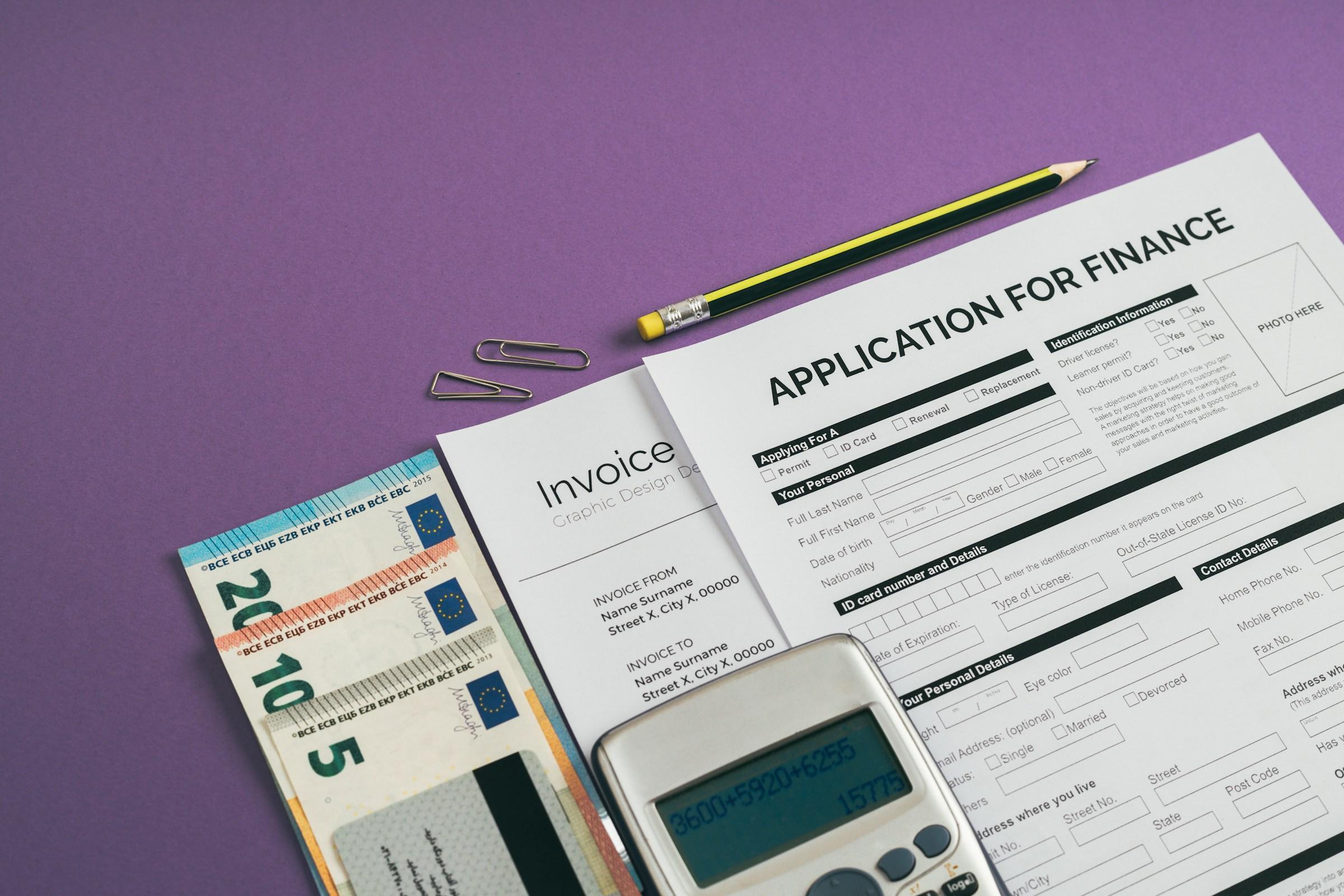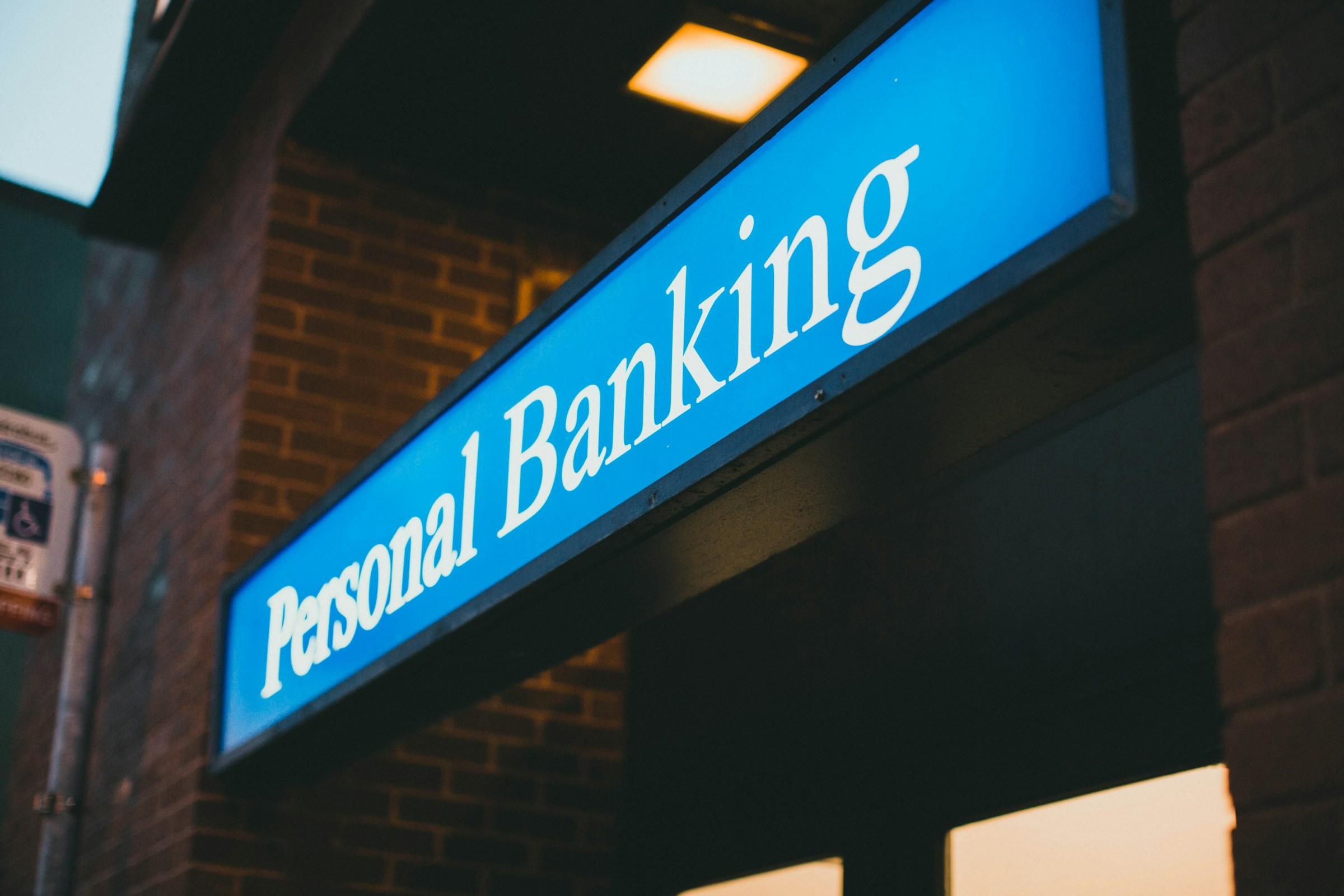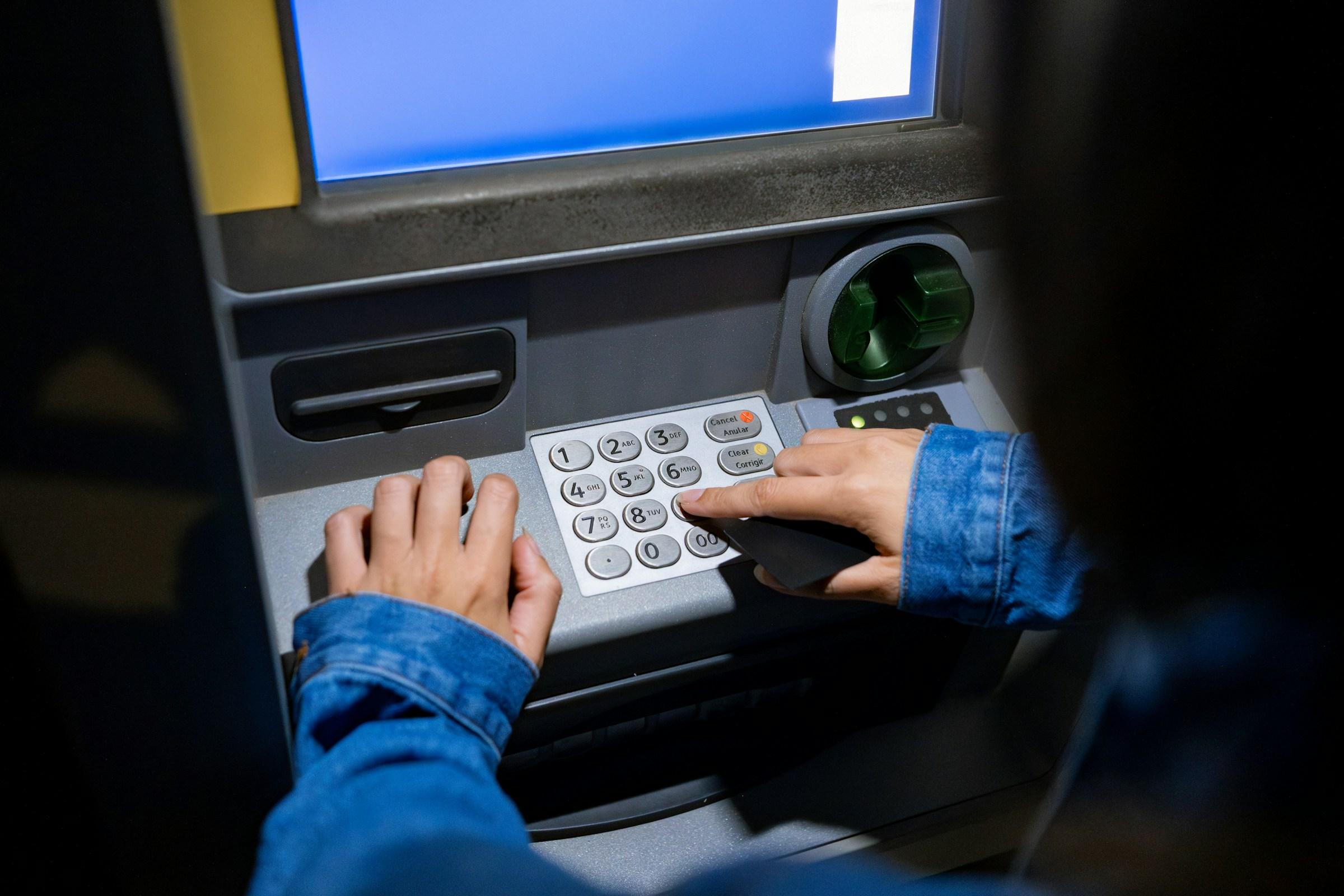Buy now, pay later is often discussed as a shopper friendly feature that removes friction at checkout, yet its real significance for organizers sits deeper than the moment of payment. At its best, it becomes a quiet engine that supports revenue, stabilizes cash flow, sharpens demand forecasting, and protects teams from the administrative grind that follows every sale. When designed with care, it also strengthens the way buyers feel about your brand. The question is not whether installments are fashionable. The question is whether this tool helps you build a more reliable system for selling and delivering what you promise.
Consider the first hurdle that trips many event teams. People browse, they pick seats, they add perks, and then they stop at the payment page. A large, one time total turns a warm intention into a cold calculation. Buyers who manage their lives paycheck to paycheck hesitate, even when they truly want to attend. Installments change the shape of that decision. A smaller upfront charge reduces the emotional spike at the point of commitment. Instead of waiting for payday or abandoning the cart completely, a portion of those visitors complete the purchase in the moment. This is not a trick. It acknowledges how everyday budgeting works for a wide range of households and it offers a responsible way to align your offer with that reality.
Once the upfront hurdle drops, something else happens. The buyer who can start with a modest first payment becomes more open to value rich options. Seat upgrades, merchandise bundles, parking and meal vouchers, or a VIP tier that would have felt out of reach can now be considered without anxiety. The decision to step up is not driven by hype, but by a sense that the total remains manageable over time. When organizers structure tiers so the initial installment stays within common comfort zones, average order value can rise without resorting to aggressive last minute promotions. The result is healthier revenue with less reliance on discounting that erodes brand perception.
Another shift arrives in the data that surrounds your sales curve. Every organizer wants a clearer read on demand before production costs lock in. In many markets, commitments arrive late because buyers delay large payments. By giving people a softer landing at checkout, installments encourage earlier bookings. Those early signals tell you which dates are likely to surge, which sections are lagging, and which bundles are resonating with specific segments. With that information, staffing, security planning, vendor orders, and promotional spend can be calibrated with more confidence. You are less likely to scramble with heavy advertising in the final week or leave certain sessions under resourced. More of the operation runs on timely insight rather than educated guessing.
Cash flow is the part of the conversation that is frequently misunderstood. A common fear is that if buyers pay over time, organizers must wait for months to see funds. In practice, most providers settle a substantial portion of the ticket price to you shortly after the transaction. They then take on the responsibility of collecting the remaining installments. That settlement pattern brings two benefits. It reduces exposure to delayed receipts at the buyer level, and it lets your finance team plan payments to production partners with greater certainty. When inflows are steadier, you can support early bird strategies that reward timely commitment without starving operations of cash. Planning improves because the gap between sales and usable funds narrows.
Risk sits in several places around payments, and installments can move some of that weight off your shoulders. Credit checks, fraud screening, chargeback handling, and collections are not the core strengths of most event organizations. Specialized providers live in that world. By paying a transparent merchant fee, you replace scattered, unpredictable risks with a single vendor relationship governed by clear service terms. Your staff spend less time chasing partial payments, resolving failed card attempts, or negotiating with stressed customers. That time can be redeployed to programming, safety, and the experience buyers will remember. You are not removing risk from the system entirely, but you are placing it where it can be handled efficiently.
There is a softer, relational benefit as well. A checkout that feels supportive rather than punitive changes how people read your brand. Instead of a barrier, payment becomes a bridge. When installment schedules and total costs are explained clearly, buyers feel respected. Anxiety falls. Support inboxes receive fewer panicked emails about bank limits or temporary cash squeezes. Requests to downgrade at the last minute decline. The tone of your post purchase interactions improves because expectations are aligned and buyers feel in control. That tone matters. People remember whether a brand helped them say yes to an experience they wanted or made them feel small for needing time to pay.
Refunds and exchanges are often where good intentions collapse into messy back office reality. With installments in the mix, coordination matters. A competent provider can reverse outstanding payments according to your policy and return the balance without long manual reconciliations. The key is alignment. Your site, your ticketing partner, and your BNPL provider should display the same rules, in the same language, with the same timelines. When that happens, your finance team handles exceptions rather than a flood of avoidable one off cases. The customer has one clear path and your staff have one clear playbook.
Data is the quiet dividend of a clean integration. The better providers return structured status updates and metadata that can be mapped to your CRM and analytics tools. Over time you will see which cohorts lean toward installments, which tiers show the highest adoption, and how these patterns relate to repeat attendance and ancillary spending. Those insights inform pricing experiments for future events and signal which bundles make sense for installment oriented buyers. They also guide how you time communications in the lead up to the event. Instead of a generic cadence, you can build messages that match how different segments prefer to manage money without adding friction at the point of sale.
None of this works if implementation is sloppy. The interface must show the schedule, the total cost, and any fees in plain language. Surprises erode trust, and trust is the asset that compounds. Place the option alongside traditional methods without making it feel like the only smart choice. High pressure banners and countdown timers that play on fear may lift short term conversion but they weaken the relationship you will need for the next season. The best test is to imagine yourself as the buyer. If the wording would make you uncomfortable, change it. Respectful clarity draws people in and keeps them coming back.
Pricing integrity deserves the same discipline. Installments should not be a disguise for unjustified markups or a vehicle for pushing marginal add ons. When the core product is fairly priced and the payment plan simply smooths timing, loyalty grows. When buyers sense that the plan nudges them into spending beyond their intentions, repeat rates suffer. Regulars know the true value of your experience and they talk. The story they carry into their networks depends on whether your payment design felt helpful or manipulative.
Operational controls complete the picture. Reconcile settlements daily. Assign a clear owner for payment exceptions. Keep a change log for policy decisions that affect refunds or exchanges so institutional memory does not vanish when staff rotate. If you run multiple venues or a portfolio of events, standardize the rules so teams do not relearn procedures every cycle. Treat your provider like any critical vendor with defined performance metrics, escalation paths, and contingency plans. Checkout stability is not a convenience. It is part of the product because it determines whether people can buy the thing you have spent months creating.
Compliance and reputation risks are not abstract. Regulators in many markets are tightening expectations around how BNPL is presented. Even where rules remain light, adopt best practice. Use clear disclosures, avoid glamorous language that implies free money, and provide easy routes to support. Do not suggest that installments remove the need to budget. A responsible frame serves your long term interest. Buyers make better decisions when information is clear, and your brand earns trust for helping them do so.
If you are weighing adoption, a simple framework helps. Start with revenue. Ask whether installments are likely to lift conversion and average order value for your specific audience and price points, or whether they will simply shift payments across methods you already offer. Move to risk. Assess whether the provider’s screening, settlement, and dispute processes reduce operational exposure meaningfully. Examine cash flow. Confirm that settlement timing aligns with your obligations to production partners and landmarks in your project plan. Finish with relationship. Decide whether your tone and interface will strengthen buyer trust, not just for this event but for the next three. If your answers are confident across these dimensions, proceed. If they are not, refine your plan until they are.
There will always be questions about missed installments. In most models, the provider manages reminders, applies late fees where permitted, and handles collections within their policy. Your role is to keep your support team informed so they can redirect payment related queries quickly and focus on issues you are uniquely positioned to solve, such as access, seating, and program details. Resist the temptation to step into collections. You want your people known for care and capability in delivering the experience, not for negotiating payment schedules.
The greatest leverage appears when you zoom out from a single event to a season or a slate. Patterns in who prefers installments and how they buy can shape early access campaigns, renewal offers, and bundles that respect different budgeting styles. When communication, pricing, and payment design work together across cycles, you convert a checkout feature into a retention engine. Loyalty is the outcome of many consistent, respectful choices that make it easy for people to say yes again.
No payment layer will redeem weak programming, unclear positioning, or inattentive operations. BNPL is not a promise. It is a tool that, when integrated with discipline, can do several useful things at once. It can reduce the moment of hesitation that kills conversion. It can lift basket size without leaning on discounts. It can stabilize cash without making your team into debt collectors. It can make your brand feel accessible to buyers who prefer to manage cash gradually. If you keep transparency at the center, measure honestly, and protect the long term relationship above short term tricks, the benefits of BNPL for organizers become tangible and durable.








-1.jpg&w=3840&q=75)



.jpg&w=3840&q=75)


-1.jpg&w=3840&q=75)